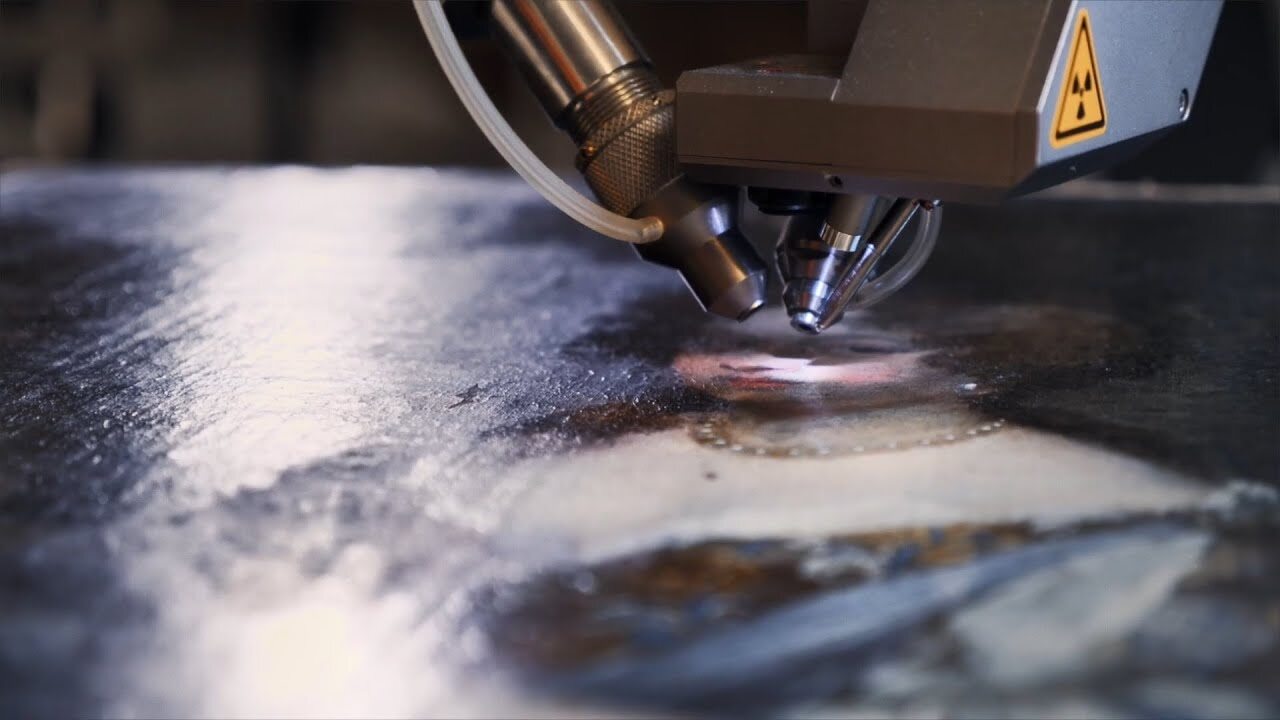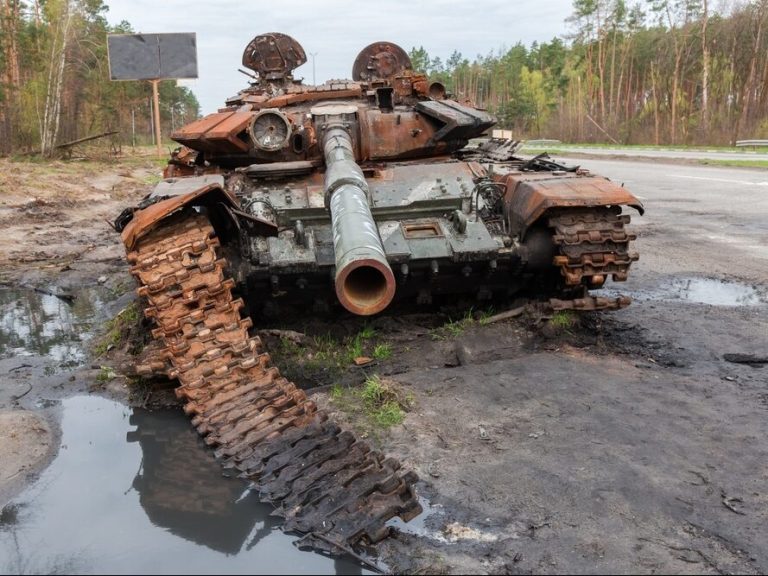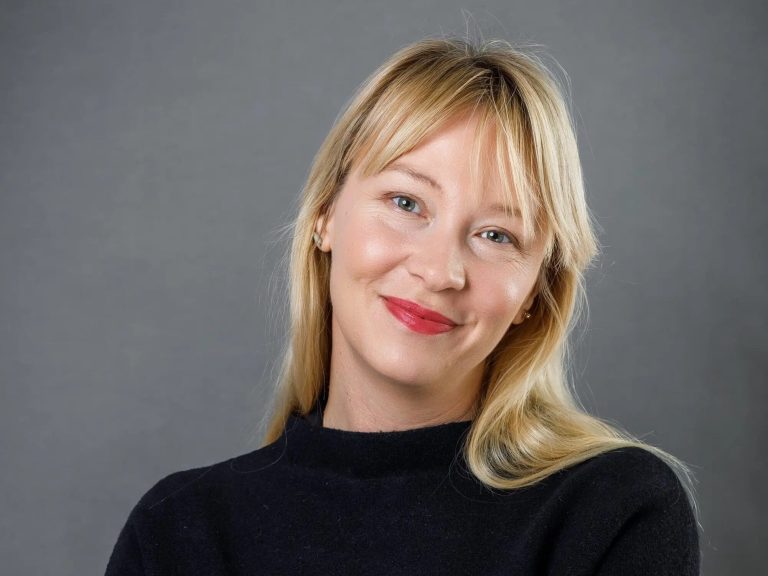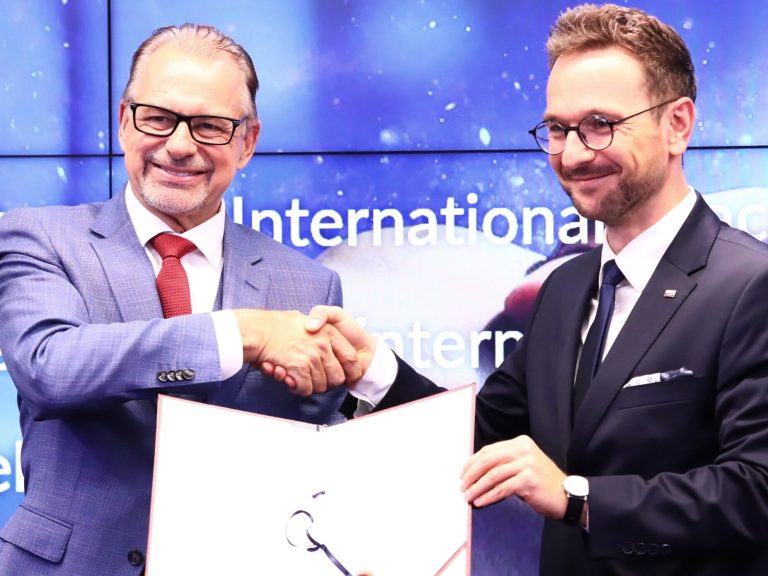Art and monuments in the laboratory. “Our goal is to better understand heritage”

Chemists, physicist, geologist and art conservator – these are scientists who study paintings and artefacts in the LANBOZ laboratory operating as part of the National Museum in Krakow. To see with our own eyes what modern art research is all about, we visited this place with a camera as part of the series “Science is a Polish specialty”.
The Laboratory of Analysis and Non-Destructive Testing of Historic Objects LANBOZ is a unique museum facility in Poland. Since 2004, the team of scientists working here has been researching and thoroughly analyzing various works of art coming primarily from Polish collections, implementing many research projects and collaborating with laboratories in many places around the world.
Modern art research in a Krakow laboratory
– We mainly study historic objects from the collection of the National Museum in Krakow, but also from other museums in Poland – tells us Dr. Julio del Hoyo-Meléndez, head of the laboratory. – We cooperate with other museums, laboratories and institutions both in Poland and abroad – he emphasizes.
Works of art and monuments are carefully analyzed here by a team of several scientists. – First of all, we are interested in how the examined objects were made, what materials they are made of, how the artist painted or constructed a given work – indicates the head of the laboratory. “Our team consists primarily of chemists. The team consists of six chemists, but also a physicist, geologist and conservator. The strength of our laboratory is that our cooperation is multidisciplinary and interdisciplinary – he adds.
Why are all these tests being done at all? “The main goal of our research is to better understand cultural heritage,” replies the head of the laboratory without hesitation. – I think that the devices we have and the research we perform allow us to better understand how the materials that make up the object behave, how they react with each other, how they degrade. Thanks to this knowledge, one can strive to stop the degradation of objects. In addition, you can learn and deepen your knowledge about the artist’s technique – how exactly the artist painted or constructed the object, what is the quality of the materials used by them, and whether the materials in the object are consistent with the era of its creation, which, in the case of discrepancies may indicate a forgery,” explains Julio del Hoyo-Meléndez.
Photos and x-rays
Work on individual objects begins with taking accurate photos. “Usually, the first place where the objects examined in the laboratory go is the photography studio,” explains Michał Obarzanowski, monument conservator. – This is where the first photos are taken, which are later used by the other members of the team to conduct further research or are the final answer to the questions addressed to us by conservators or art historians – he adds.
Works of art are examined in many ways using various non-invasive methods, including X-ray examinations. – The main information we receive is information about the elemental composition of the tested object – says Dr. Anna Klisińska-Kopacz, who at LANBOZ deals mainly with X-ray fluorescence spectroscopy. – On this basis, we can assemble individual elements like building blocks and gain knowledge about the paints and other materials used in the paintings – he adds.
The physicist in the team is Paulina Krupska-Wolas. – In the context of studying works of art, physics allows us to better understand them. Thanks to it, we can see what is hidden in the historic object we are examining. We can find out what it consists of, where it comes from and who is its author. And also what history it has, what conservation work has been done on it, he lists. “First of all, we obtain information about the material composition of the object. We learn what chemical compounds make up a given object, but also what hidden layers a given object has. If we expect that the artist has applied a completely new composition to a previously made image, we can also see it – the scientist points out.
What are scientists studying?
As emphasized by Dr. Julio del Hoyo-Meléndez, various objects from antiquity to the present day are studied in the laboratory.
– Most often we deal with paintings, on canvas or on a wooden base, but we also deal with paper objects, spatial objects, sculptures, and artistic crafts. We also deal with various unusual objects, to which we travel with research equipment due to the impossibility of transporting these objects or due to the fact that they are architectural objects. One of such examples was the Chapel of the Holy Trinity at the Lublin Castle – lists Michał Obarzanowski. – We mainly deal with objects from our museum, but we often receive objects from other institutions. We are also commissioned by the police or courts to carry out tests when it is necessary to conduct a comprehensive expertise for, for example, a war loss. We carry out such expert opinions – indicates the conservator.
And what are the most interesting objects studied by scientists from Kraków? – It’s hard to choose one. It’s exciting to discover their hidden layers. Starting from the details, from revealing a signature that was not visible before, to complete repaints, where we reveal a completely new image hidden underneath. Equally exciting are the objects that we have to approach in a non-standard way and examine them differently each time. For me, these are, for example, amber objects, always very interesting, and I enjoy studying them very much, Paulina Krupska-Wolas tells us.
“The most interesting objects are usually the most valuable or very unusual ones,” believes Michał Obarzanowski. – We investigated Hans Memling’s Last Judgment in Gdańsk. From our collection, of course, we studied The Lady with an Ermine by Leonardo da Vinci. But the most interesting are also unusual objects, such as the Siemiradzki Curtain from the Słowacki Theater in Krakow, the Holy Trinity Chapel at the Castle in Lublin or mirrors from the Hall of Mirrors at the Castle Museum in Pszczyna, he lists.
Dr. Anna Klisińska-Kopacz told us about the research on one of these special objects.
– An interesting object that I happened to study was the only El Greco painting in Poland, which came to us from the Diocesan Museum in Siedlce. The research was aimed at determining the composition of the materials, allowing, based on the detected paints, to date this image and confirm or exclude whether it is El Greco. Thanks to our research, we have been able to confirm that these materials are typical of the artist and that this is the only painting by El Greco in Poland, the chemist points out.
Mysteries of the Lady with the Ermine
Dr. Julio del Hoyo-Meléndez lists, among others, the most valuable objects that have been examined in the last nineteen years of the laboratory’s operation the oldest Polish coins, Kościuszko banknotes, i.e. the first Polish banknotes, Fryderyk Chopin’s piano, and finally the painting Lady with an Ermine by Leonardo da Vinci.
– This is a very interesting object, because only four portraits of women by Leonardo da Vinciu are known in the world. And one of them is in Poland in the collection of the National Museum in Krakow, says the head of the LANBOZ laboratory. – Leonardo da Vinci’s workshop and painting technique remains a constant source of many research questions on the part of art historians or monument conservators, which we try to answer. There was a hypothesis that the painting was repainted, that there was a landscape or other unknown composition under the black background. We conducted research in 2012 with this in mind. We were looking for pigments that could confirm the existence of another composition in the background of the portrait. We didn’t find anything then. But we have plans to re-examine this image in the future. Because technology has changed and there are new techniques and new methods that will allow us to determine whether there is actually a hidden composition under the dark background of the image – the scientist points out.






